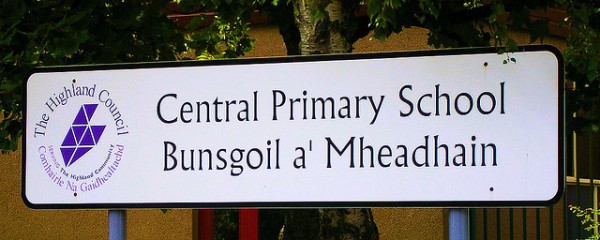
Languages come and go and blend. It's likely been that way forever and the process only accelerates under the influence of mega-languages (like English) that represent a sort of global means of communication. But, increasingly, people who are at risk of losing their native language entirely are fighting back—trying to encourage more people to be bilingual and save the native language from extinction.
At Discover Magazine, Veronique Greenwood has a really interesting story about a mathematician who is helping to preserve Scottish Gaelic. How? The researcher, Anne Kandler, has put together some equations that can help native language supporters target their programs and plan their goals.
Some of the numbers are obvious—you must know how many people in the population you’re working with speak just Gaelic, how many speak just English, and how many are bilingual, as well as the rate of loss of Gaelic speakers. But also in the model are numbers that stand for the prestige of each language—the cultural value people place on speaking it—and numbers that describe a language’s economic value.
Put them all together into a system of equations that describe the growth of the three different groups—English speakers, Gaelic speakers, and bilinguals—and you can calculate what inputs are required for a stable bilingual population to emerge. In 2010, Kandler found that using the most current numbers, a total of 860 English speakers will have to learn Gaelic each year for the number of speakers to stay the same. To her, this sounded like a lot, but the national Gaelic Development Agency was pleased: it’s about the number of bilingual speakers they were already aiming to produce through classes and programs.

No comments:
Post a Comment